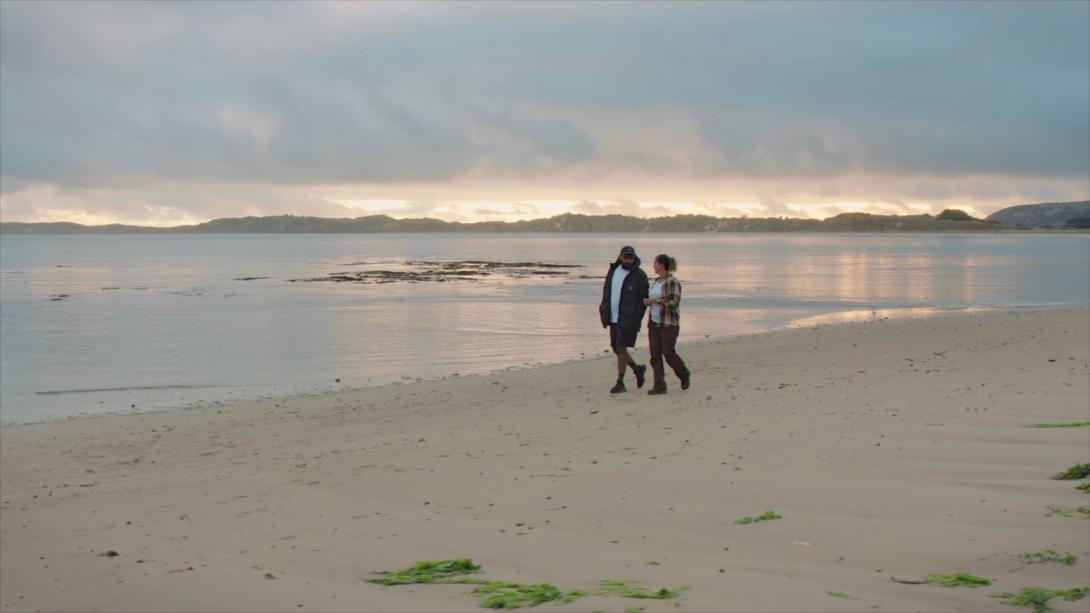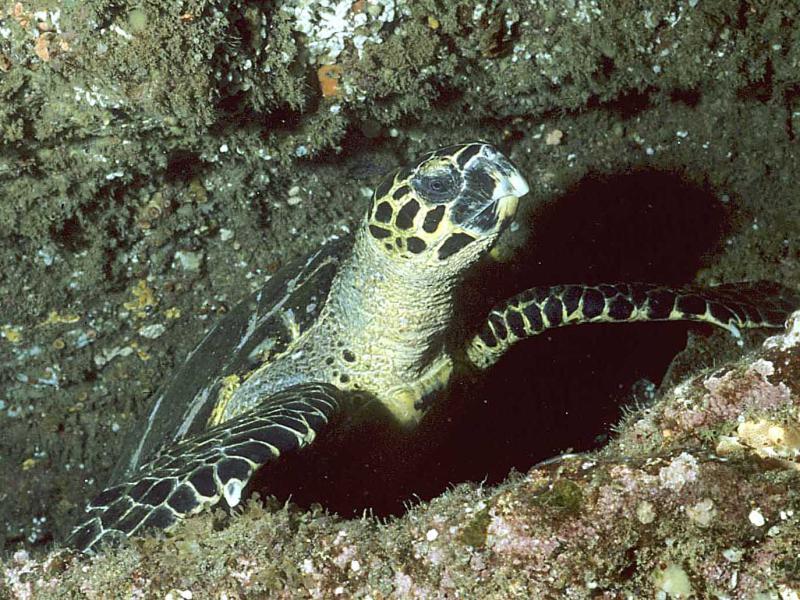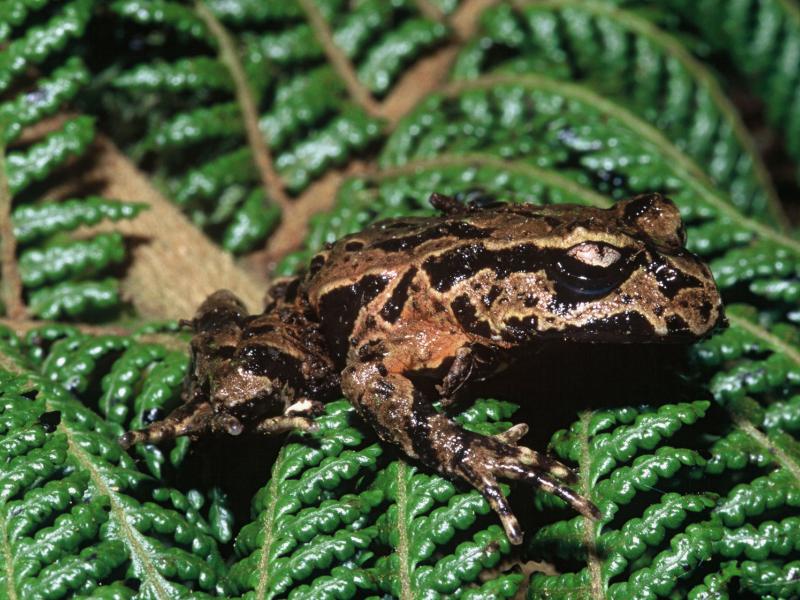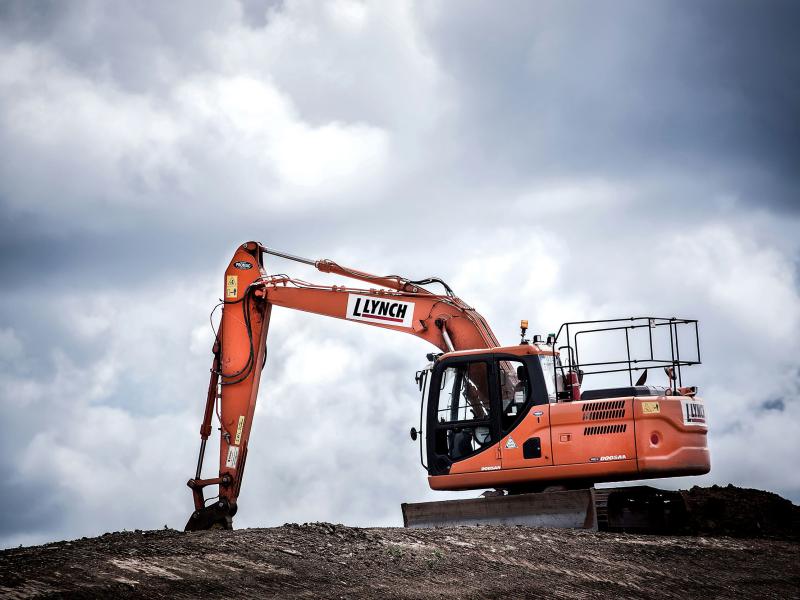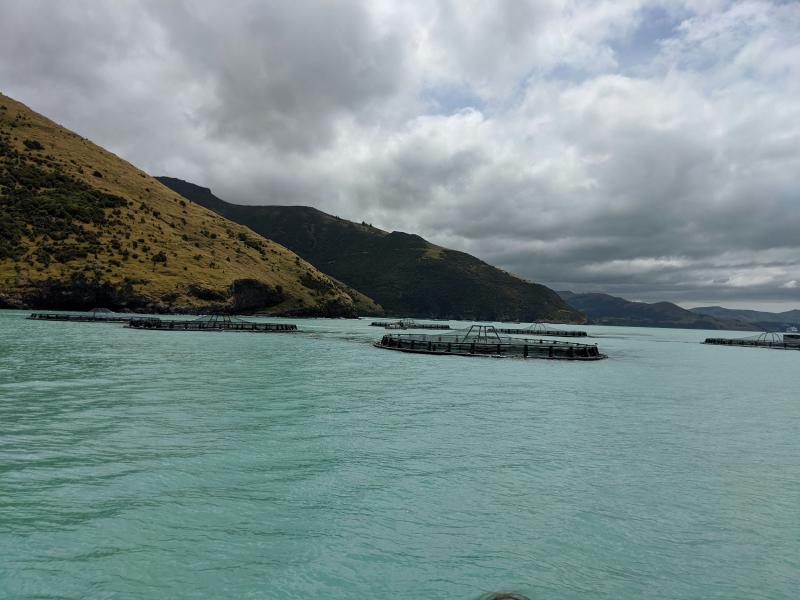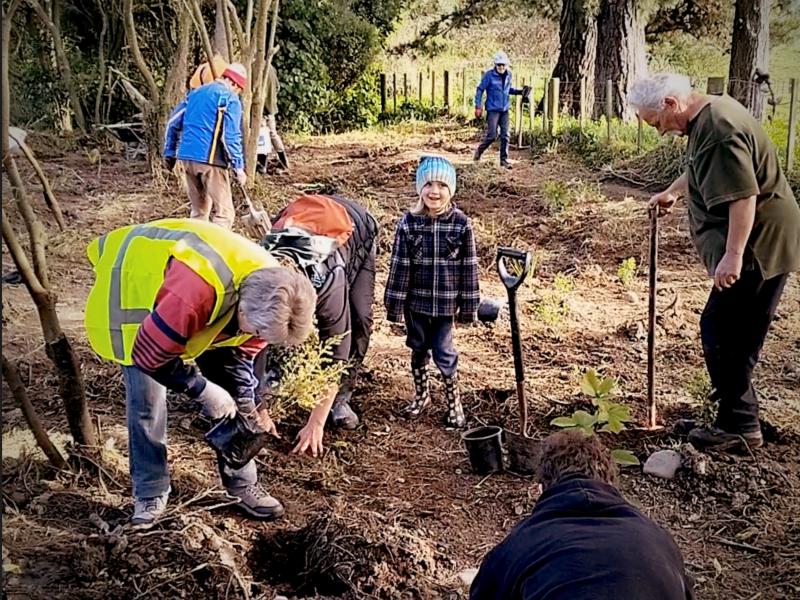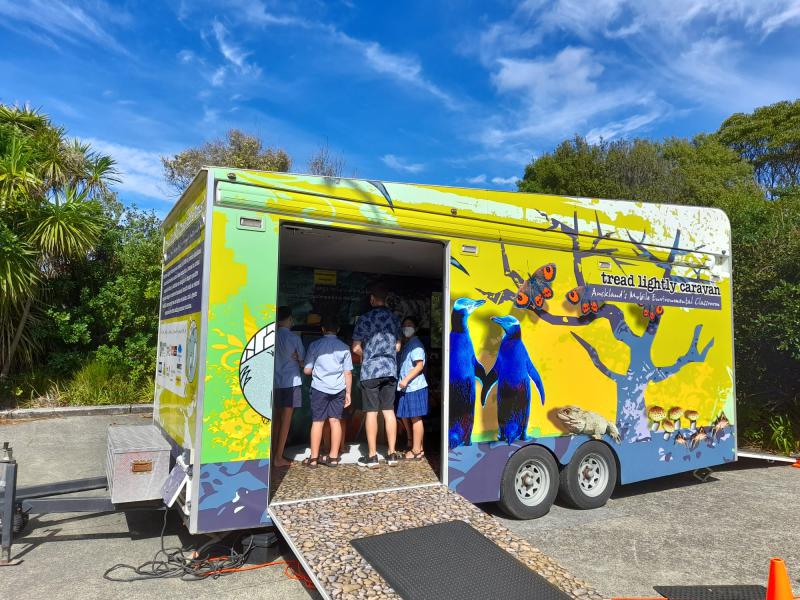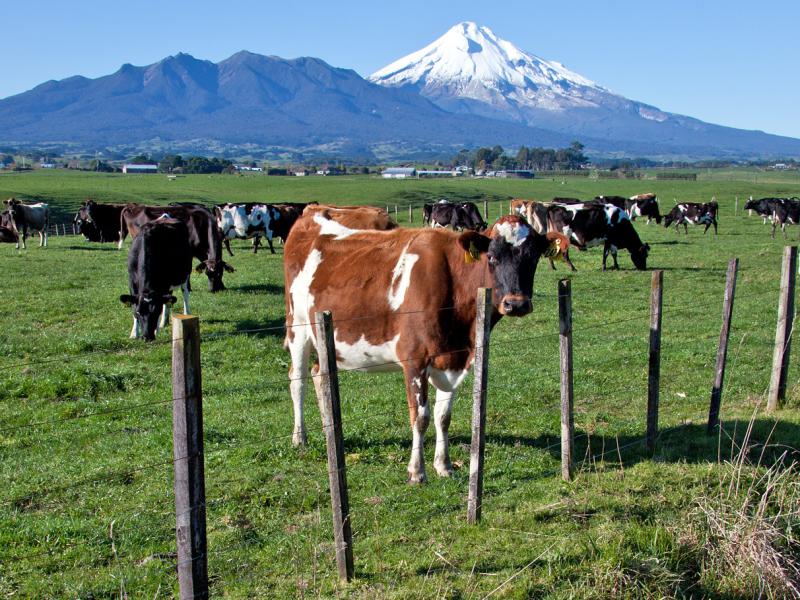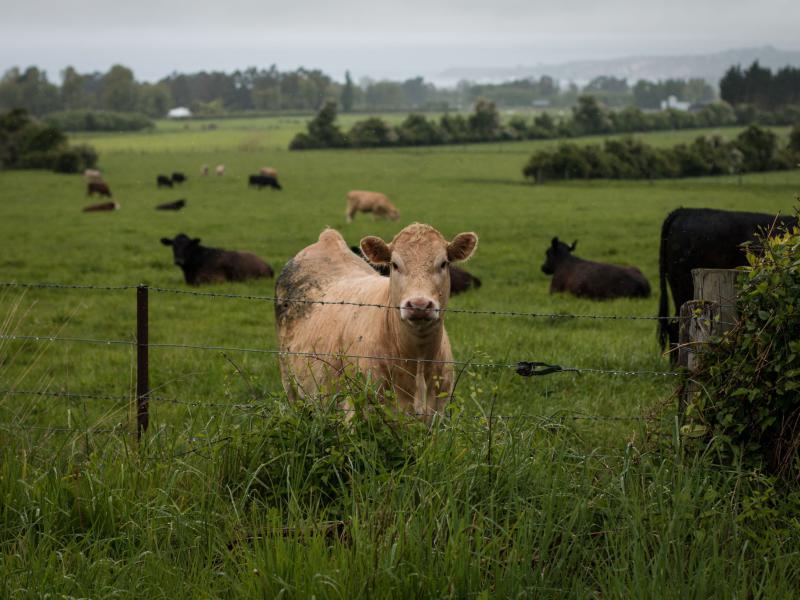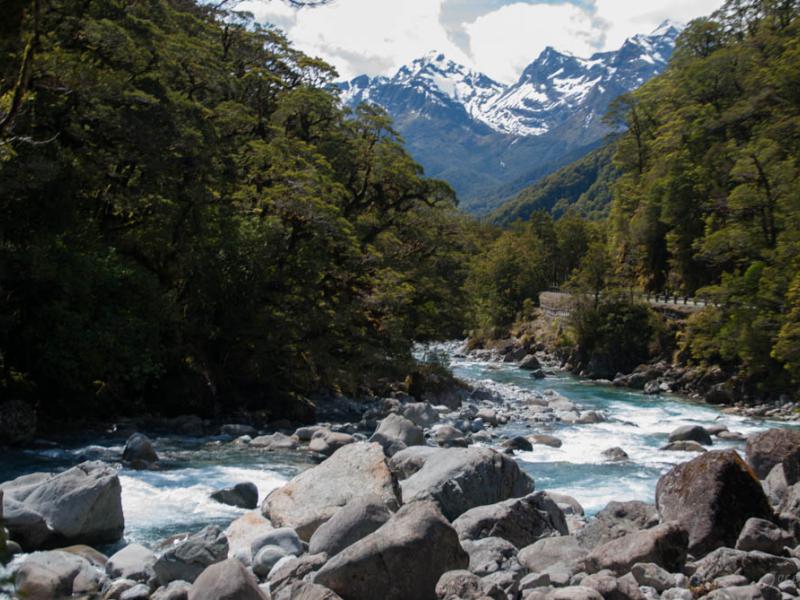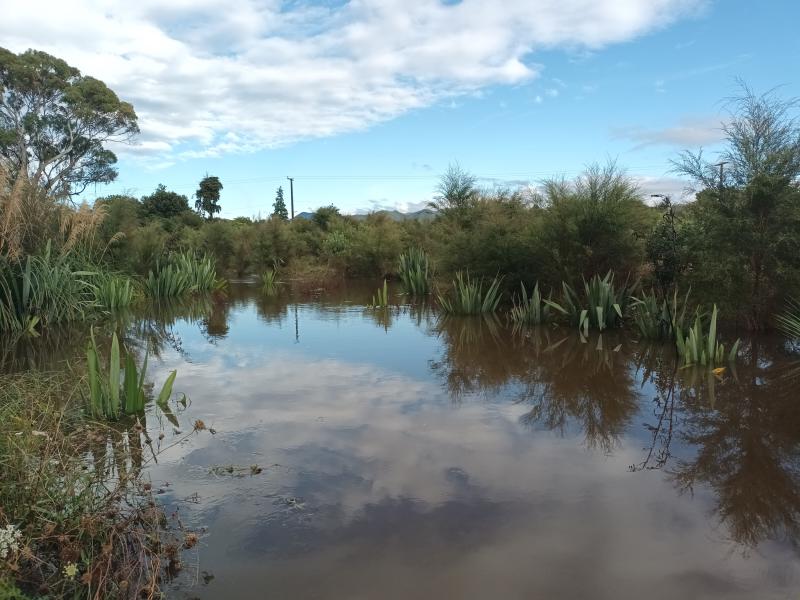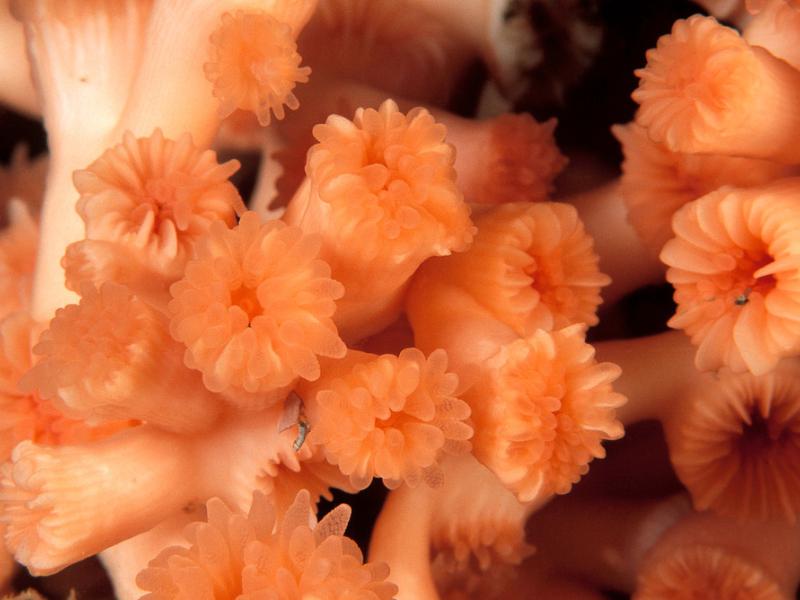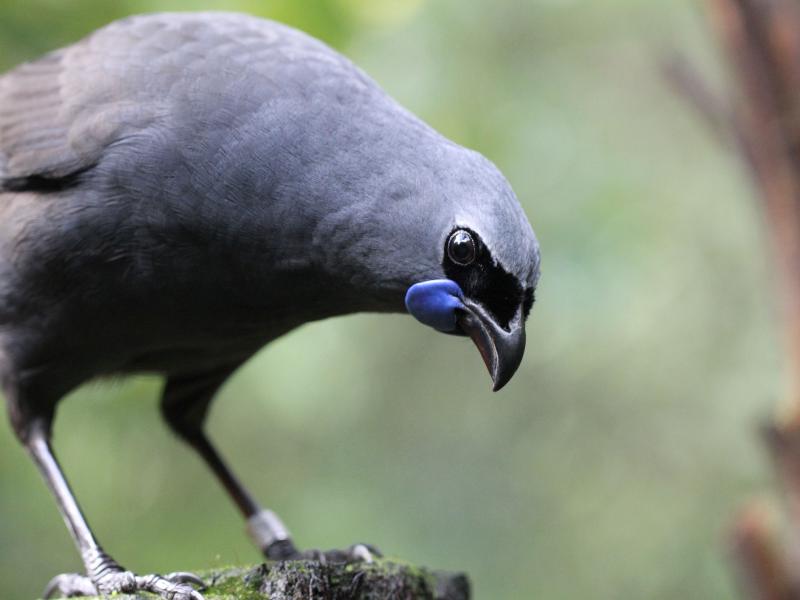In Aotearoa New Zealand, 94% of our reptile species, 82% of bird species, 80% of bat species, 76% of freshwater fish species, 22% of marine mammal species and 46% of vascular plant species are either facing extinction or are at risk of being threatened with extinction.
Many of our species are endemic – found nowhere else in the world. Because of this, their small populations and already dwindling numbers, they are particularly susceptible to the impact of climate change.
WWF has three goals that will stop biodiversity loss.
o Zero Extinction
o Zero Loss of Natural Habitats
o Halve Footprint of Production and Consumption.
They are all connected.
Help us to achieve zero loss of species by restoring vital habitats, supporting effort to control invasive predators and reducing the impact of human activities like plastic pollution, fisheries bycatch, deforestation, and land development.
Endangered Species Aotearoa with WWF is a light-hearted look at the serious work going into conservation across New Zealand and the Pacific.
Showcasing many of New Zealand's most endangered animals and what we can, and are doing, to protect them and save them from extinction. It highlights a number of species coming back from the brink.
With comedian Pax Assadi and biologist Nicola Toki.
Made in partnership with Warner Bros. International TV Production, the Department of Conservation and the Endangered Species Foundation, with support from NZ on Air.
Available on TVNZ+
A fish with the galaxy on its back
Great to see Pax and Nicola checking up on our rarest native fish, the lowland longjaw galaxias, in the first episode.
If we are to restore our country, we need to protect all our endangered species as well as the habitats they call home. Even the small, hard-to-spot freshwater fish - like our many species of galxaiids. Members of an ancient scaleless fish family named for the galaxy of spots on their back. All have unique features and all are threatened or at risk of extinction.
The Clutha flathead (another galxaiid) is classified as Nationally Critical. That's the same conservation status as the kākāpō. The species might not be as well known, but they are as uniquely ours as our beloved birds. And to lose them would make New Zealand a poorer, sadder place.
Read more about the work we are supporting to prevent that from happening.
At Risk: Recovering
Lovely to hear the kōkako calling, and see them doing so well in Pureora forest on the second episode of Endangered Species Aotearoa with WWF.
Kōkako are a success story for conservation. Once common in the forests throughout the North Island, we have been losing them, mostly due to predation at nests by ship rats and possums. But conservation measures for this iconic songbird species are really working. To the point that the conservation status of the kōkako has been reclassified from Threatened to At Risk: Recovering.
Which is amazing. But 'recovering' doesn't mean safe.
Unfortunately, kōkako on the mainland are only doing well in areas with ongoing predator control. Sustaining these precious birds requires constant vigilance and the work of dedicated volunteers and rangers. Read about how we are supporting one community group who are controlling pests, restoring habitats and protecting this precious species.
Bringing them home
Our offshore islands, many now cleared of predators, have been a life-line for many of our most threatened and endangered species. Places where their populations have not just been able to recover, but thrive. And nowhere more than on Te Hauturu-o-Toi / Little Barrier Island - one of Aoteaora New Zealand's oldest nature reserves.
Since the island can only be visited with a permit from DOC, it was great to catch a glimpse of it on the third episode of Endangered Species Aotearoa with WWF.
We share Pax and Nic's wish that, in future, our threatened species that depend on island sanctuaries will also be able to thrive on the mainland. So that we, and future generations, can enjoy seeing these unique and treasured creatures in our gardens every day.
It is work already in progress. Slowly we are creating safe spaces for our little green parrots and other species. We're returning species to reserves and sanctuaries where they can safely re-establish themselves. Read about how we're helping boost the population of yellow crowned kākāriki at Pūkaha, Mount Bruce National Wildlife Centre.
A species in decline
It's been wonderful to see Endangered Species Aotearoa with WWF feature so many hopeful stories of threatened species brought back from the brink. Perhaps not safe but recovering.
So it was particularly sad to see the decline of the hoiho /yellow-eyed penguin on Rakiura Stewart Island in episode four.
Dropping from 154 breeding pairs in 2009 to just 44 in 2021. The hoiho is a species going backwards, despite our best efforts.
Although strides have been made in protecting them from predators and habitat loss on land, the penguins face additional threats at sea. Like fisheries by-catch, plastic pollution and warming sea temperatures due to climate change.
These are challenges facing not just the yellow-eyed penguin, but all of Aotearoa New Zealand's penguin species. You can help to protect them by symbolically adopting a penguin.
An important part of conservation history
The Chatham Islands / Rēkohu are a unique part of New Zealand and so important to the history of conservation. It was wonderful to get to see the Chatham Island black robin - our most famous conservation story on episode five.
Also to hear Liz and Bruce's story, the farmers Pax and Nicola met. Did you know that 24% of our native vegetation cover, including both native grasslands and native forest, is estimated to be on sheep and beef farms?
Farmers and private landowners have such an important role to play in protecting and restoring nature, and it good see to that highlighted.
But we can all do something! It can be as simple as learning more about our endangered species and the challenges they face.
Or making a donation to support the work of the individuals, community groups, farmers and landowners who are trapping, weeding, planting, counting, fencing, rescuing and protecting our precious native species.
Back from the Brink
The final episode saw Pax and Nicola visiting our neighbours in the Cook Islands. Where they found conservationists facing very similar challenges to those we're grappling with in Aotearoa.
It highlighted the fact that biodiversity loss is not just an issue for New Zealand. It's a global problem which needs global solutions.
The species they searched for but didn't find, the humpback whale, is a great example. Because South Pacific humpback whales might breed in the Cook Islands, but you can also spot them in Cook Strait. Marine and migratory species like whales know no borders. They travel freely in the ocean, so they need to be protected across their full range.
Which is why establishing a network of Marine Protected Areas not just in New Zealand's territorial waters, but also in the high seas, is so important. Our precious whales need us to protect 30% of the ocean by 2030.
Humpback whales, once hunted to the brink of extinction, recovered when commercial whaling was prohibited by most countries. They're no longer endangered. Their story shows that when the world acts together, we can make a difference.
Unfortunately whales, and other marine species, face new threats, like plastic pollution, climate change and overfishing. But if we act together to protect 30% of the ocean, we can make a difference again.
Other ways to get involved
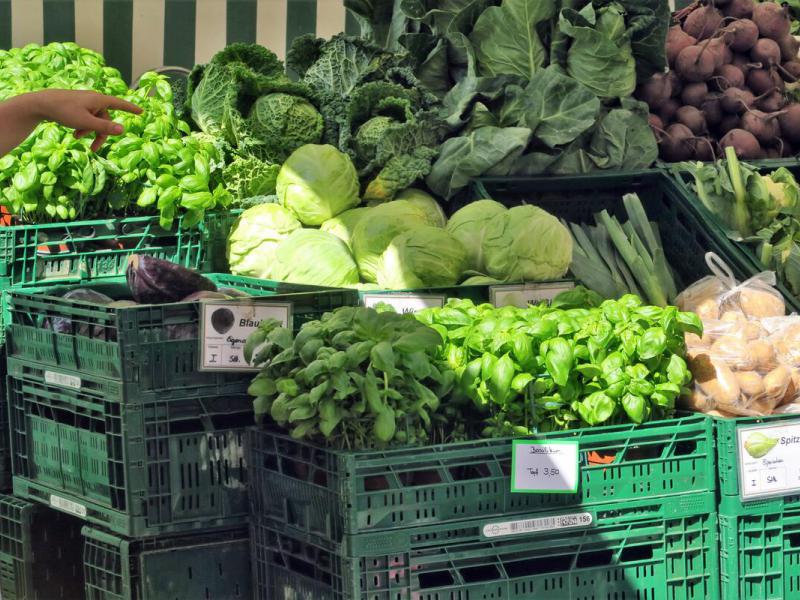
Take action for the planet
To stop extinctions and restore nature, we also need to produce and consume more sustainably. Here are some everyday things you can do to reduce your footprint on the planet.
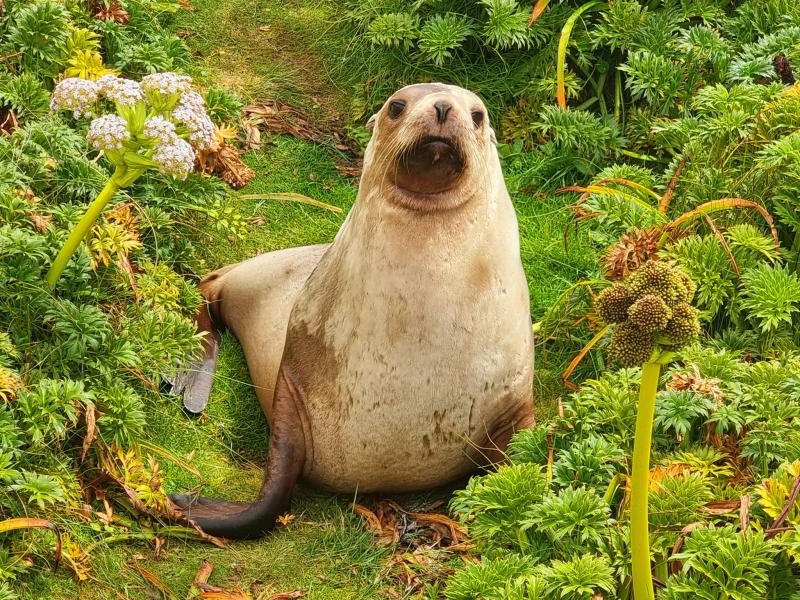
Learn about endangered species
Check out our series of fascinating facts about some of our rare and endangered species, the threats they face and actions being taken to protect them.
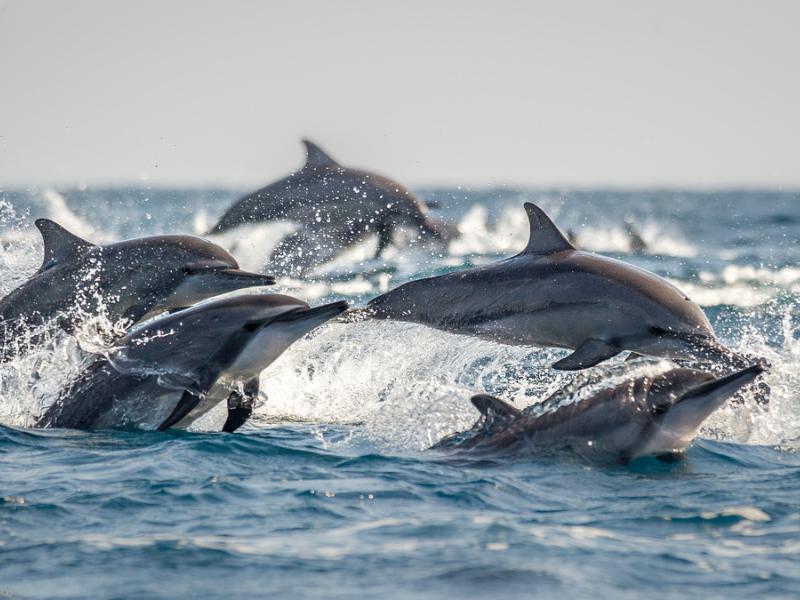
Become a citizen scientist
Contribute to biodiversity science by sharing your observations of nature, using apps like iNaturalist and SeaSpotter (New Zealand's marine mammal sightings app)
Donate Now - Together we can restore New Zealand from sea to sky
Read the latest news from WWF-New Zealand
Pagination
- Previous page
- Page 4
- Next page
